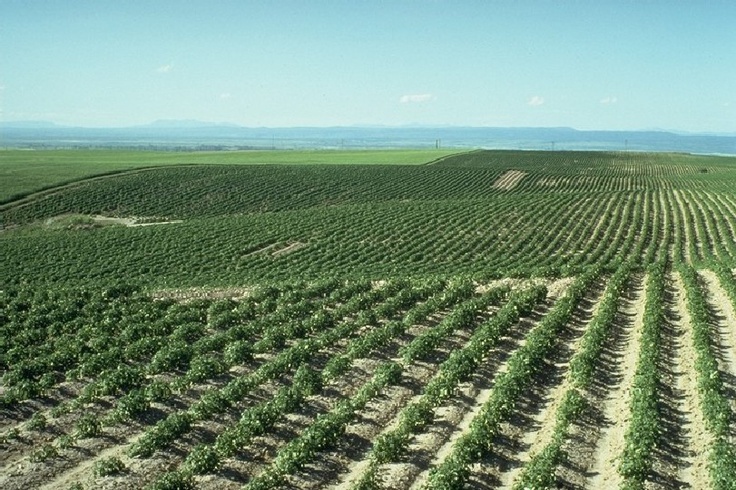Crop Insurance Helps Manage Risk
Importance of Crop Insurance
By Jessica Theisman, Associate Editor
Crop insurance is an important risk management tool for California farmers. California Ag Today recently spoke with Mickey Paggi about the topic. He’s an agriculture policy analyst for National Crop Insurance Services, a nonprofit trade association based in Kansas.
There are certain deadlines for getting enrolled in the programs.
“The force of the crop insurance agents that are on the ground in the areas where these crops are grown is really valuable, and they can work individually with the producer to make them aware of what they have to do when they have to do it,” Paggi said.
These agents work with the farmers and available programs to find the best fit for their operation. They cover northern, central, and southern California.
Paggi said that a good place to start if you’re looking for more information about crop insurance is the USDA Risk Management Agency. The RMA looks to increase the availability and effectiveness of federal crop insurance, which is to be used as a risk management tool.
“RMA’s vision is to secure the future of agriculture by providing world-class management tools to rural America. This website can be found at rma.udsa.gov,” he said.
“I would start … with the USDA RMA website because it actually has a link to the individual commodity coverage, and within those fact sheets, they actually have a listing of crop insurance agents within your commodity,” Paggi explained.
















